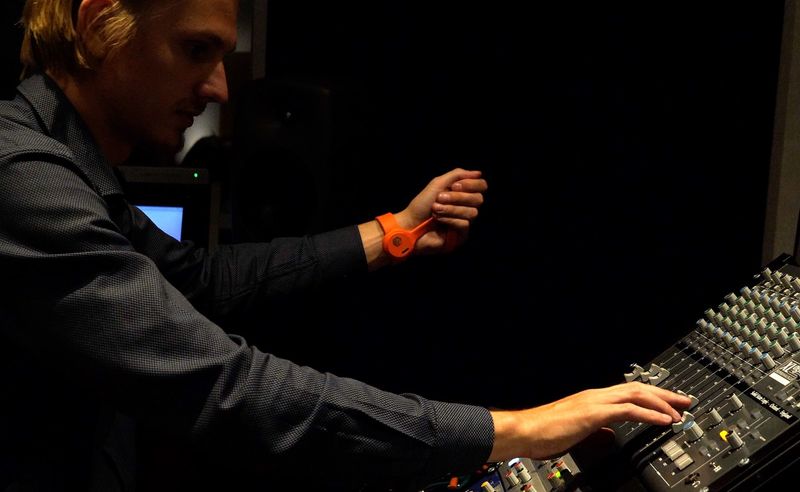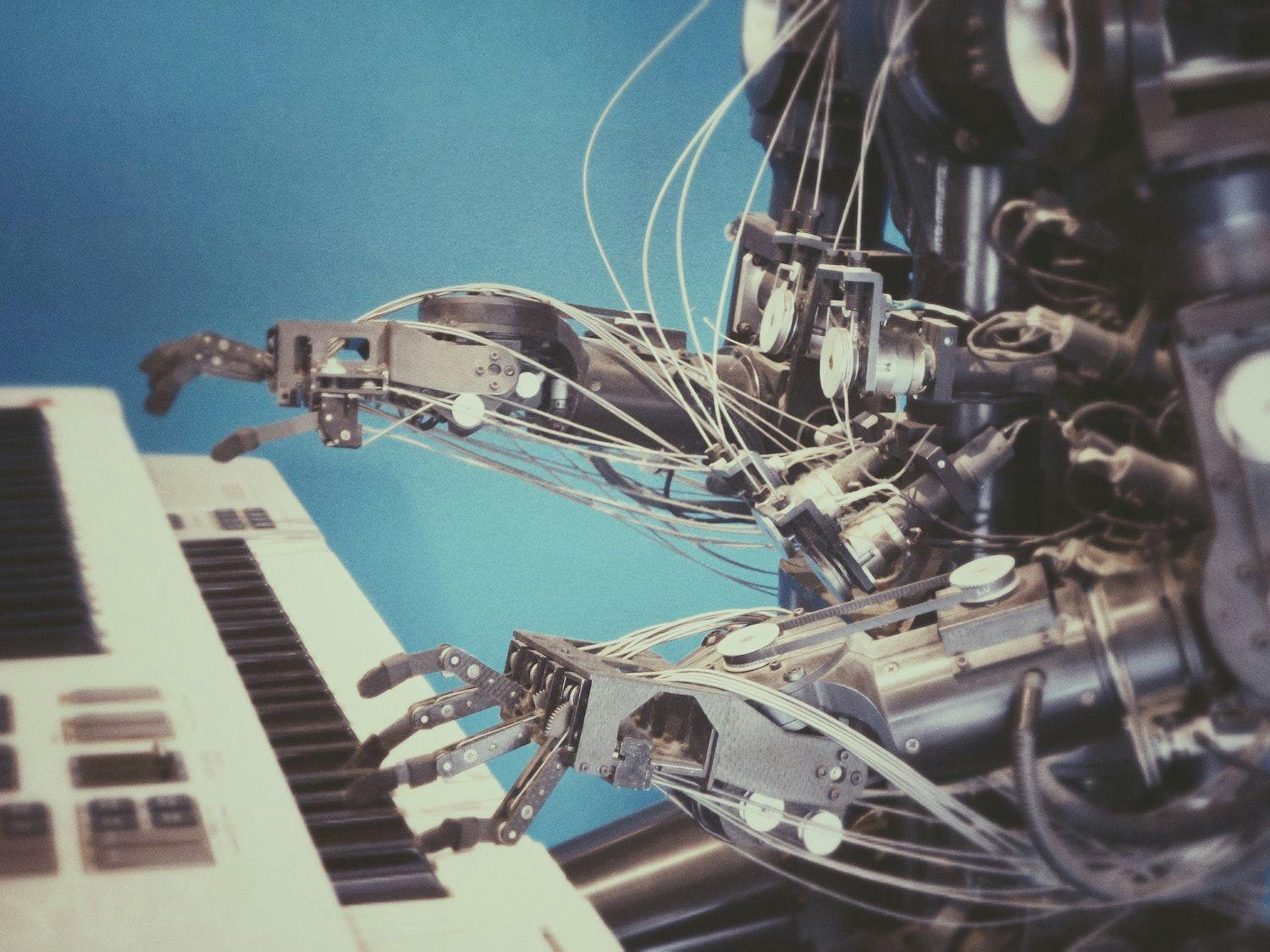The future of music production is an exciting, ever-evolving landscape. New technologies and innovations are continually emerging to help producers create unique, professional-sounding experiences for their audiences. From new software to creative uses of artificial intelligence (AI), the possibilities are seemingly endless.
In this article, we will explore seven trends and innovations that could shape the future of music production in fascinating ways. We’ll look at how AI can be used to improve songwriting processes, how virtual reality is changing live performances, and more.
1. Artificial Intelligence in Music Production
The future of music production is an exciting and rapidly evolving field. One of the most influential trends in this area is the use of artificial intelligence (AI) to create, produce, and distribute musical content. AI can be used for a variety of tasks such as pattern recognition, composition generation, or even vocal manipulation. With advances in machine learning algorithms and deep neural networks, AI-based music production tools are becoming increasingly advanced.
These tools allow producers, like razklinghoffer.com, to quickly craft complex compositions with incredible accuracy – something that would have been unimaginable just a few years ago. This technology has already been embraced by some leading record labels and artists who are taking advantage of its potential to revolutionize the way we make music today. As these technologies continue to develop, they will bring new possibilities for creating fresh sounds while also making it easier than ever before to get your music out into the world.
2. Cloud-Based Collaborative Platforms

Cloud-Based Collaborative Platforms are quickly becoming the go-to for music production. This technology allows producers to work together on projects from different locations, all connected over a secure internet connection. It also enables them to access files and other resources in real-time, allowing for greater collaboration between producers and musicians alike. Cloud-Based Collaborative Platforms make it easier than ever before to create collaborative music online with minimal setup costs and no need for physical hardware or software installations.
These platforms allow producers of any experience level to collaborate on tracks, share ideas, and get feedback much faster than traditional methods of production. As this technology continues to mature, we can expect more advanced features such as improved security measures, studio integration tools, enhanced workflow options, and automated backup protocols that will further revolutionize how music is produced today.
3. Mobile App Integration
One of the most exciting trends in music production is mobile app integration. With advancements in technology, it’s now possible to integrate a range of audio production tools into mobile devices. This means that producers can now create high-quality music from anywhere without needing to lug around bulky equipment.
Mobile apps also make it easier for producers to collaborate with others remotely, allowing for real-time collaboration and feedback on tracks. Furthermore, users can easily access their work from any device – making it much simpler for producers to share their creations with fans or even other artists who may be working on projects together.
4. Augmented and Virtual Reality

Augmented and Virtual Reality has the potential to revolutionize music production by allowing producers to create immersive environments that simulate real-world scenarios. Augmented Reality (AR) can be used to overlay digital elements onto physical spaces, while Virtual Reality (VR) can be used to create fully immersive 3D worlds.
This has the potential to enable musicians, producers, and engineers alike to explore vast soundscapes without ever having to leave their studio space. A producer could manipulate a virtual environment or collaborate with other artists from around the world in a shared VR experience. AR/VR technology also promises increased access for disabled individuals who may struggle with traditional recording equipment but find these new technologies more intuitive and easier to use. Ultimately, this will lead not only to more accessible tools for experienced producers but also greater opportunities for novice users as well.
5. Increased Accessibility of Audio Software
One of the most exciting trends in music production today is the increased accessibility of audio software. This technology has made it easier than ever for producers to create professional-quality sounds at home. From free applications like Garageband to high-end digital suites, there have never been more options available for creating and manipulating sound.
Thanks to this trend, anyone with a computer can easily get started making their beats or tracks quickly and affordably — no matter what their skill level might be. In addition, many popular plugins are now available that enable users to expand their sonic palette without breaking the bank. With these tools becoming increasingly accessible, it’s clear that music production will continue to evolve in exciting ways as new technologies become available and more people discover their musical potential.
6. Wearable Technology for Producers

Wearable technology has been a hot topic in the music production industry over the last few years. Producers are now able to use wearable tech to make their workflow easier, faster, and more efficient. Wearable tech enables producers to create music wherever they go and allows them access to a variety of tools that can help improve their productivity. There are an array of products available such as wristbands, headphones, and smartwatches that incorporate various features like touchscreens, voice recognition software, and sound processing capabilities.
All these features can be used by producers while they’re on the move without having to lug around heavy equipment or spend hours setting up complex systems. Wearable technology is also becoming increasingly popular among DJs who are using it for live shows as well as studio work. With its many advantages, it’s no surprise why wearable technology is quickly becoming an integral part of modern music production techniques.
7. Advances in Hardware Solutions
The future of music production looks bright, with advances in hardware solutions playing a major role. Digital audio workstations (DAWs) are becoming more powerful and user-friendly while recording interfaces offer greater flexibility and portability than ever before.
Manufacturers have developed innovative new tools that allow producers to create amazing sounds without the need for expensive studio equipment. Additionally, virtual instruments and plugins have taken over much of the traditional hardware setup allowing producers to quickly program sounds or apply effects with just a few clicks. All these advancements make it easier for musicians to produce professional-sounding projects from their home studios.
Conclusion

The future of music production is looking brighter than ever with some exciting new trends and innovations on the horizon. From advances in artificial intelligence to the use of virtual reality, there are many opportunities for producers to explore and leverage existing technologies for creating even more innovative sounds.
With so much potential, it’s clear that music production will continue to evolve as technology continues to grow exponentially. As a result, producers should stay informed about current developments to make sure they don’t miss out on any great opportunities. All in all, it’s an exciting time ahead for the world of music production!
 Howl Movie
Howl Movie



